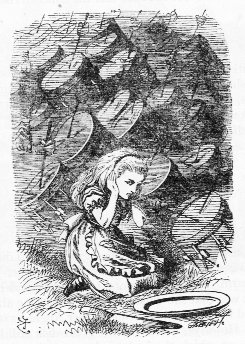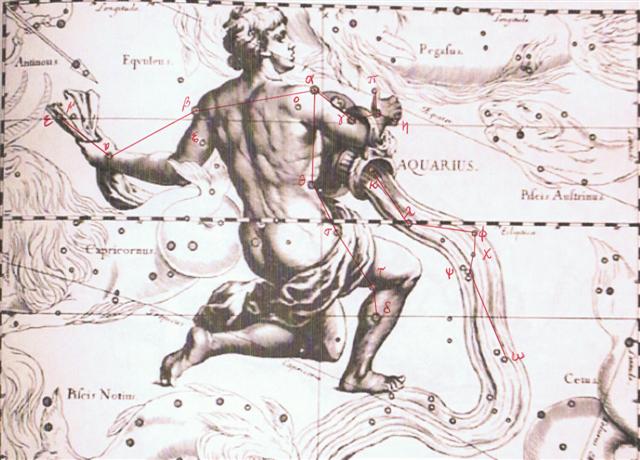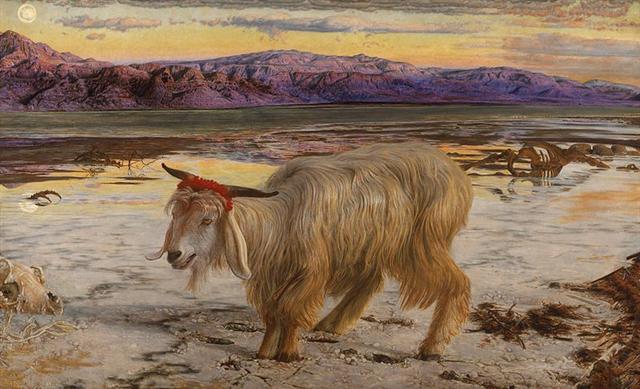|
584
58 Thus all metals belonged to Venus, by way of which she ought to have influence over all the other planets:
... The most important of all drums, he said, was the armpit drum. The Nummo made it. It consists of two hemispherical wooden cups connected through their centres by a slender cylinder. It is like an hour-glass with a very long narrow neck. With this instrument tucked between his left arm and armpit, the drummer, by pressing on the hollow structure of thin wood, can tighten or relax the tension on the skins and so modify the tone. 'The Nummo made it. He made a picture of it with his fingers, as children do today in games with string.' Holding his hands apart, he passed a thread ten times round each of the four fingers, but not the thumb. He thus had forty loops on each hand, making eighty threads in all, which, he pointed out, was also the number of teeth of his jaws. The palms of his hands represented the skins of the drum, and thus to play on the drum was, symbolically, to play on the hands of the Nummo. But what do they represent? Cupping his two hands behind his ears, Ogotemmêli explained that the spirit had no external ears but only auditory holes. 'His hands serve for ears,' he said; 'to enable him to hear he always holds them on each side of his head. To tap the drum is to tap the Nummo's palms, to tap, that is, his ears.' Holding before him the web of threads which represented a weft, the Spirit with his tongue interlaced them with a kind of endless chain made of a thin strip of copper. He coiled this in a spiral of eighty turns, and throughout the process he spoke as he had done when teaching the art of weaving. But what he said was new. It was the third Word, which he was revealing to men ...
Although in the ideal Mayan map they had given the Moon influence over Venus. And therefore also indirectly given Mercury influence over Venus, because 584 - 236 = 348 = 12 * 29 → number of glyphs on side b of the C tablet. Moon (silver) worked together with quicksilver (Mercury). ... When the old woman (somewhere in the Mediterranean area) was asked what 29 meant she chuckled and formed a round opening between her left forefinger and thumb through which she then repeatedly pushed her right forefinger ... 740 - 392 (→ number of glyphs on side a of the C tablet) = 348 = 12 * 29 = 584 - 236 = 740 - 156 - 236 = 740 - 4 * 39 - 4 * 59 = 740 - 8 * 7 * 7 = 56 weeks
The Nummo had a pair of hands and on each of his hands there were 40 loops → 40 * 365 = 25 * 584. For he could not count on his thumbs - they were of another kind (epagomenal).
We can compare with the star π Aquarii (thumb up, live on!), where Hevelius has drawn 6 fingers on his right hand:
Together with the fingers on his left hand (4 + 1) the total becomes 9 + 2 = 11. The cosmic background on Easter Island was not the same as that north of the equator and therefore we should expect a perceptional contrast based on for instance 24 + 8 = 32 on one hand and 26 - 8 = 18 = 50 - 32 on the other, for this could be perceived in the overturned (kava) boat of the Gilbertese:
Although the A text clearly counted with 20 * 29 + 26 * 29 = 46 * 29 = 1334 (→ 392 + 2 * 471) days. 471 (number of glyphs on the G tablet) → 1½ * 314 = 8 * 59 - 1. And number 6 (= 670 - 664) could be duec for instance to the difference between 590 (= 20 * 29½) and 584 (cycle of Venus). 1334 - 6 = 1328 → 13 * 28 = 364. ... The author of the Book of Enoch in his treatise on astronomy and the calendar also reckoned a year to be 364 days, though he pronounced a curse on all who did not reckon a month to be 30 days long ... 1334 - 14 = 1320 = 2 * 22 * 30 → 44 * 30 = 2 * 360 + 600 = 2 * (360 + 300) The ancient peoples on Easter Island lived south of the tropical belt - in marked contrast to the Gilbertese - and 4 June (155, 520) corresponded to day 225 - 70 = 440 + 80.
1328 - 1000 → *328 (Nashira)::
|
||||||||||||||||||||||||||||||||||||||||||||||||||||||||||||||||||||||||

.jpg)






